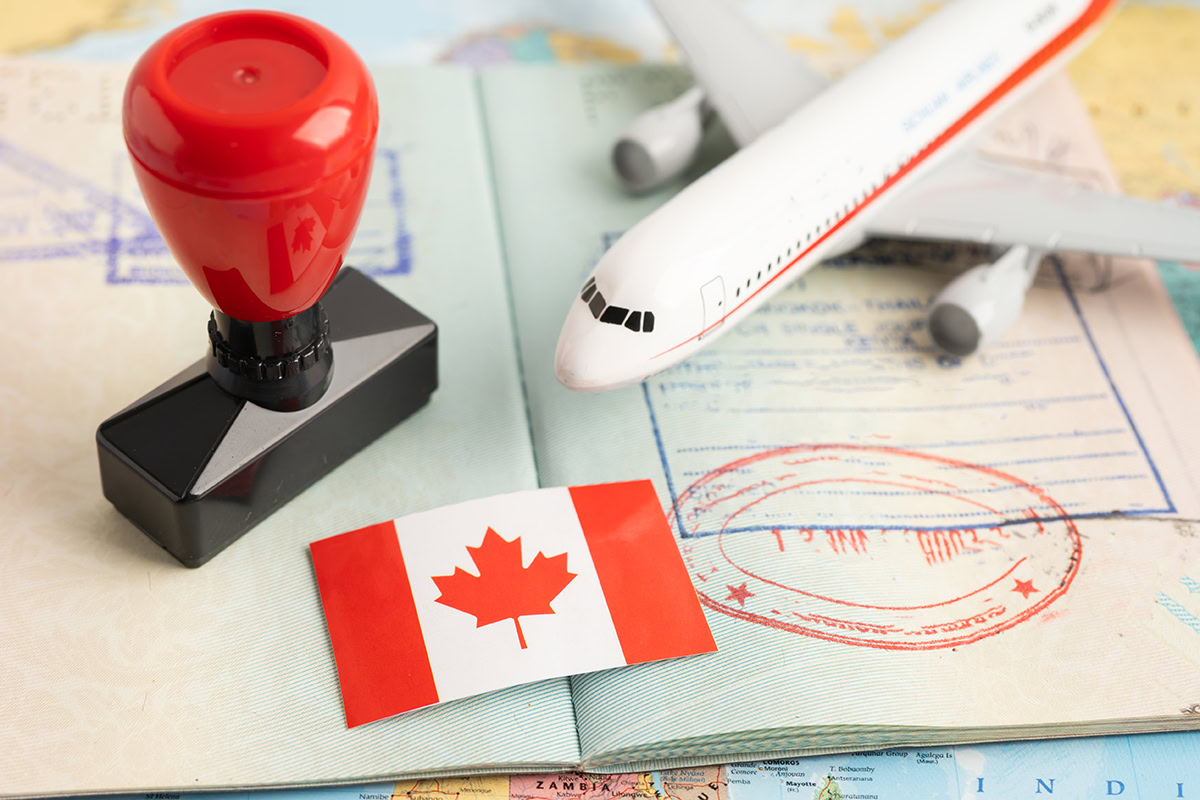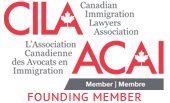Are you considering moving to Canada and building a new life in a diverse, welcoming country? Whether you’re a skilled worker, international student, or family member of a Canadian citizen, understanding the immigration process is crucial to making a successful transition. This Canadian immigration guide provides a comprehensive step-by-step breakdown of your options and responsibilities as a newcomer.
Types of Immigration Pathways
Canada offers multiple immigration pathways tailored to various applicant categories. Choosing the right stream is the first step in your journey.
1. Economic Class Immigration
This includes programs for skilled workers and business immigrants. Key programs include:
- Express Entry (Federal Skilled Worker, Federal Skilled Trades, Canadian Experience Class)
- Provincial Nominee Programs (PNPs) – Tailored to specific provinces, such as Ontario’s OINP.
- Start-Up Visa Program – For entrepreneurs with innovative ideas and business plans.
You can navigate Express Entry through a point-based system that ranks candidates based on age, education, language skills, and work experience.
2. Family Class Immigration
If you’re sponsored by a spouse, partner, parent, or child who is a Canadian citizen or permanent resident, you may qualify under this stream. Sponsorship applications require proof of relationship and the sponsor’s financial ability.
3. Refugees and Protected Persons
Canada provides resettlement options for refugees and individuals needing humanitarian assistance.
4. Temporary to Permanent Pathways
Temporary residents, such as international students and workers, can often transition to permanent status through programs like the Canadian Experience Class.
Step-by-Step Application Process
Immigration can be complex, but breaking it down into manageable steps makes it more achievable.
Step 1: Assess Your Eligibility
Use the online eligibility tools provided by Immigration, Refugees and Citizenship Canada (IRCC) to determine which program suits you best. Consider:
- Age
- Language proficiency (IELTS or CELPIP for English; TEF for French)
- Education credentials (ECA evaluation)
- Work experience
Step 2: Prepare Necessary Documents
Documents often required include:
- Valid passport
- Proof of language test results
- Educational Credential Assessment (ECA)
- Police clearance certificates
- Medical examination results
- Proof of funds (bank statements)
Step 3: Create an Online Profile
For most economic pathways like Express Entry, you need to create an IRCC profile. If applying via a PNP, you may need to apply to the province first.
Step 4: Receive an Invitation to Apply (ITA)
Candidates with high scores in the Express Entry pool receive an ITA during a draw. Once you receive it, you typically have 60 days to submit a complete application.
Step 5: Submit Application and Pay Fees
Submit your complete application online, including biometrics and payment for processing and Right of Permanent Residence fees.
Step 6: Wait for Processing and Decision
Processing times vary depending on the stream. You can track your application status online. Be prepared to provide additional documents if requested.
Step 7: Land in Canada
Once approved, you’ll receive a Confirmation of Permanent Residence (COPR) and may need to attend a port of entry interview. You can then officially apply for permanent residence in Toronto or any other city you plan to settle in.
Legal Considerations
Immigration law is complex and constantly evolving. Missteps can lead to delays, rejections, or bans. Here are key legal aspects to be aware of:
Immigration Representation
You can choose to apply on your own or hire a regulated immigration consultant or immigration lawyer. Legal experts can help you:
- Ensure your documents are complete and error-free
- Meet strict deadlines
- Appeal refusals or request reconsiderations
- Represent you in immigration court or judicial reviews
Application Refusals
If your application is refused, you may have the right to:
- Reapply with improved documentation
- Request a reconsideration
- File an appeal to the Immigration Appeal Division (IAD) or Federal Court, depending on your case
Misrepresentation Risks
Providing false or misleading information can result in serious consequences, including a five-year ban on re-entering Canada. Always provide accurate, complete documentation.
Temporary vs. Permanent Status
Understanding the difference between temporary and permanent status is crucial. Some programs allow temporary residents (e.g., students or work permit holders) to apply for permanent residence through pathways like Express Entry or PNPs.
Resources for Newcomers
Canada offers a wide range of services to help newcomers integrate and thrive.
Pre-Arrival Services
Before you arrive, you can access government-funded services that include:
- Job search assistance
- Credential recognition guidance
- Housing and settlement planning
Post-Arrival Services
After landing, you’ll find support in areas such as:
- Language training (ESL/FSL)
- Job placement and resume help
- Housing assistance
- Community integration programs
- Cultural orientation workshops
Toronto, in particular, offers a wealth of services through agencies like:
- YMCA Newcomer Services
- COSTI Immigrant Services
- ACCES Employment
- Toronto Newcomer Office
Finding Housing and Jobs
Start by exploring rental listings on platforms like Kijiji, PadMapper, or ViewIt. Employment resources include Job Bank, Workopolis, and LinkedIn.
Healthcare and Insurance
Upon landing, you’ll need to apply for a health card. In Ontario, newcomers can apply for OHIP. Private insurance is recommended until public coverage begins.
Education and Children’s Services
If you have children, Canada provides free public education. You’ll also find daycare, early childhood education, and after-school programs to help your family adjust.
Conclusion
Immigrating to Canada can be a life-changing decision, but it requires careful planning, attention to legal detail, and the right support system. From choosing your immigration pathway to landing and settling in Toronto, every step must be handled with care.
If you need personalized advice or legal support at any stage of the process, don’t hesitate to reach out. Our legal team is here to help you confidently make your move to Canada.
Need help now? Learn how to apply for permanent residence in Toronto or navigate Express Entry with the guidance of trusted immigration professionals at Kurzfeld Law Firm.





